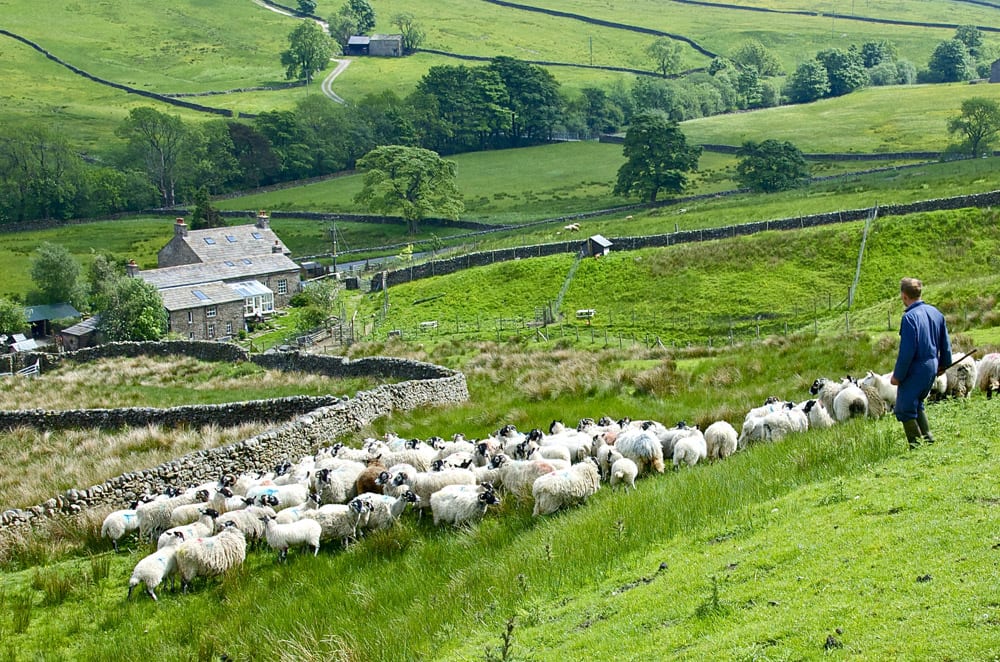
If you follow us on facebook and instagram you’ll probably be familiar with our weekly updates including styling tips and inspiration for the home, the latest interior trends, luxury footwear, local information, photoshoots with millie and a firm favourite ‘sheep of the week’. So this week in our blog we have decided to carry sheep of the week through to here, but not in the usual sense, instead we will share some facts about some of the sheep we’ve had in our posts and we will include some of our favourite breeds from around the world.
It is estimated there are approximately one billion sheep worldwide, a lot of these sheep are located in New Zealand, Australia and the United Kingdom. In our country, the ewes usually give birth to lambs in spring, but they can be born anytime between December and May dependant on their location and usually an ewe is pregnant for five months. Sheep all have a distinctive and individual bleet, and a lambs call can be heard by its mother over the rest of the flock.
60% of farm land in the UK is only suitable to grow grass, sheep and cattle farming is the most suitable way convert this land into healthy food that our population can eat; land that can only grow grass is rarely cultivated, meaning that carbon is present in the ground but not released into the atmosphere which is said contributes to climate change. Uplands and farmland in Wales store 400 million tonnes of carbon, this land also holds and filters rain water.
It is known that about 40% of our breeding flock is based in the uplands of the UK, our strong sheep areas are also our biggest tourism areas as sheep have created and continue to maintain our spectacular landscape. Sheep also support wildlife and plant biodiversity, without sheep our grassland and upland would be overrun in scrub and coarse vegetation, resulting in the land becoming less valuable to many types of plants, small mammals and ground nesting birds. In addition, these creatures would also be at risk from environmental damage by wildfires. In low land areas sheep put lots of natural nutrients back into the ground which is often removed when the land is used for growing grains and vegetables.
An adult sheep produces one fleece per year, wool was incredibly valuable before the invention of synthetic fibres and was the foundation of an economic boom in the 13th century, which is why today you see many pubs with names in relation to sheep such as, the lamb, the fleece, the drovers arms, grand mill house etc. There are more than 90 different breeds and crosses of sheep in the UK, some inhabit mountains, others live along the rugged coastline or in the highlands, some are specifically bred for their wool, others produce milk and meat.
You’ll find many breeds from across the world in the UK and vice versa, some of our favourites include the following:the Wensleydale which have beautiful dreaded wool, they are cross between the Teeswater and Leicester. If you love mountain breeds like we do, the Big Horn Sheep of Canada and North America are beautiful and feature in many nature documentaries along with the Alaskan Dall. If you want a show stopper sheep, the Hungarian Racka is one to behold along with the Valais Blacknose (so cute), the Manx Loaghtan and Jacob. Icelandic sheep have incredibly long and dense wool, it is silky soft and the skins they produce are usually very large in size too. Kerry Hill, Friesland Zwartble and Soay sheep are also very unique in their colouring and markings.



